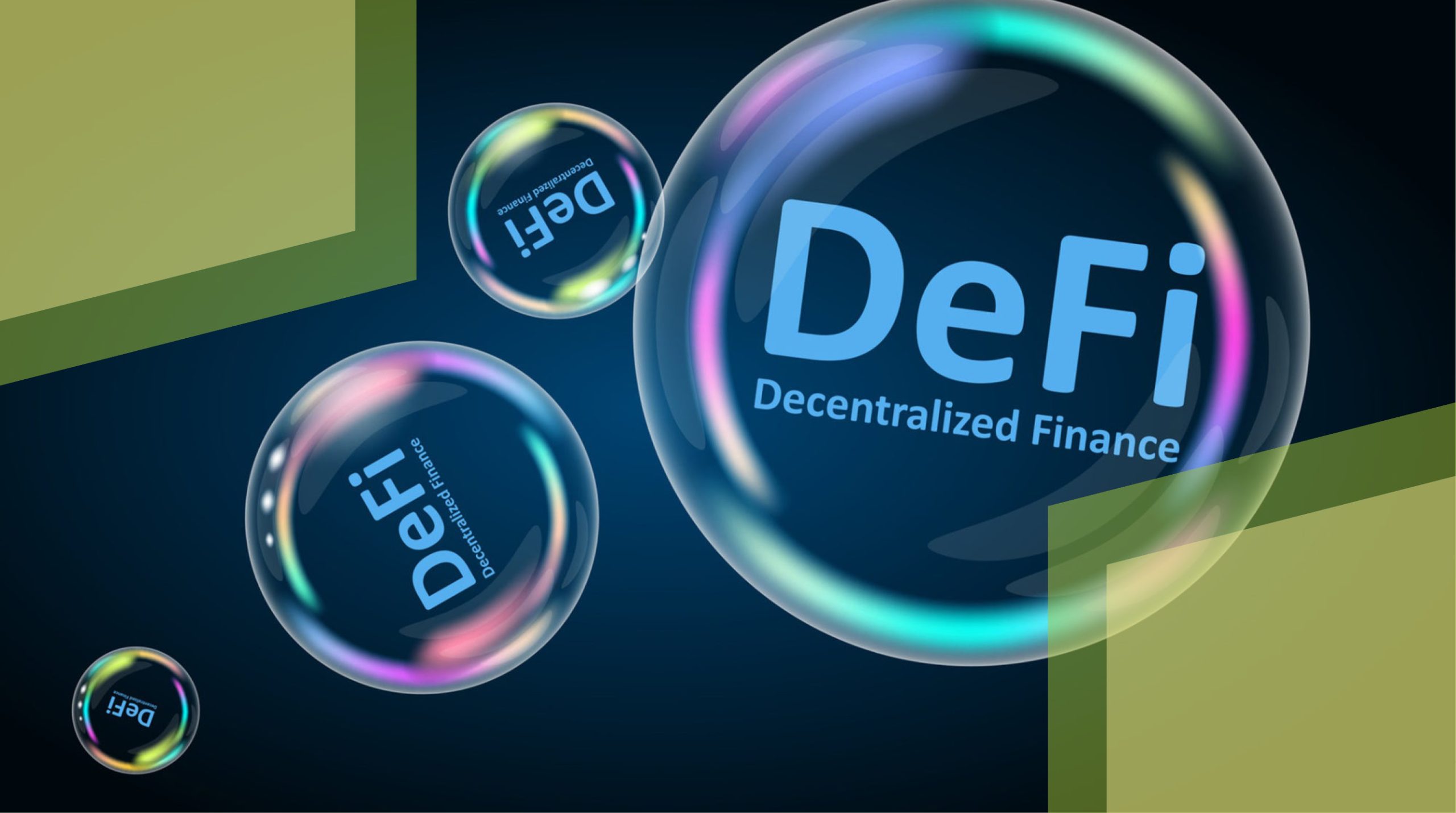In the last few years, Decentralized Finance (DeFi) has rapidly emerged as one of the most innovative and revolutionary sectors within the cryptocurrency space. With the power of blockchain technology, DeFi seeks to reshape the entire financial landscape by providing alternatives to traditional, centralized financial services. This movement has gained significant traction, attracting billions of dollars in investment, yet it also faces unique challenges and risks.
Understanding DeFi: The Basics
At its core, DeFi refers to a decentralized ecosystem of financial services built on blockchain networks, primarily Ethereum. Unlike traditional financial systems, which rely on intermediaries such as banks, insurance companies, or brokers, DeFi operates in a peer-to-peer manner. These services are powered by smart contracts — self-executing agreements written in code, which automatically enforce the terms once certain conditions are met.
DeFi encompasses a wide range of applications, including lending and borrowing platforms, decentralized exchanges (DEXs), stablecoins, yield farming, and synthetic assets. The most notable aspect of DeFi is that it enables individuals to access financial services without needing to trust centralized institutions or authorities. Instead, it provides an open, transparent, and permissionless system that anyone with an internet connection can participate in.
Key Players in the DeFi Space
Decentralized Exchanges (DEXs): Platforms like Uniswap, SushiSwap, and PancakeSwap have revolutionized how users trade cryptocurrencies. Unlike traditional exchanges, which match buyers and sellers through a centralized order book, DEXs allow users to trade directly with each other, eliminating the need for a middleman. These exchanges rely on liquidity pools and automated market makers (AMMs) to facilitate trading.
Lending and Borrowing Protocols: Platforms like Aave, Compound, and MakerDAO allow users to borrow and lend digital assets without the need for a credit check or traditional financial institution. In these decentralized lending systems, users can earn interest by lending their assets or use their crypto holdings as collateral for borrowing. The terms of these transactions are determined by smart contracts.
Stablecoins: One of the key innovations in DeFi is the rise of stablecoins, which are digital assets designed to maintain a stable value relative to traditional fiat currencies. Stablecoins like USDC, DAI, and Tether are essential for enabling smooth transactions within the DeFi ecosystem, as they provide a reliable store of value while avoiding the volatility commonly associated with cryptocurrencies like Bitcoin and Ethereum.
Yield Farming and Staking: Yield farming and staking have become integral parts of the DeFi ecosystem, allowing users to earn passive income by providing liquidity or locking up their tokens in specific protocols. Platforms like Yearn.finance and Curve Finance offer users the opportunity to optimize their yields across various DeFi protocols.
DeFi’s Impact on Traditional Finance
The most profound impact of DeFi on the traditional financial system is its ability to offer financial services to people who are unbanked or underbanked. According to the World Bank, more than 1.7 billion adults worldwide remain unbanked, and many of them live in regions where traditional financial institutions are scarce or inaccessible. DeFi has the potential to provide these individuals with access to critical financial services such as lending, borrowing, insurance, and investment products.
Moreover, DeFi offers greater financial inclusion by eliminating intermediaries, reducing fees, and enabling access to financial services on a global scale. In traditional finance, access to credit, loans, or investment opportunities is often restricted by geographic location, credit scores, and other barriers. DeFi opens up new avenues, creating a truly borderless financial system.
Challenges and Risks in the DeFi Space
While the DeFi ecosystem continues to grow and gain popularity, it is not without its challenges and risks. As an emerging market, DeFi is still in its infancy, and its infrastructure is continuously evolving. Below are some of the key concerns that need to be addressed for the long-term success of the DeFi sector.
Security Risks: The DeFi space is notorious for its susceptibility to hacks, exploits, and vulnerabilities in smart contract code. High-profile incidents like the $600 million Poly Network hack and various rug-pull scams have raised concerns about the security of DeFi protocols. Since DeFi operates without intermediaries, the responsibility for securing funds and ensuring the integrity of transactions falls squarely on users and developers.
Regulatory Uncertainty: The regulatory landscape surrounding DeFi remains unclear, with governments and regulators struggling to determine how to treat decentralized finance. The lack of clear regulations poses risks for investors and institutions participating in the sector. In the U.S., the Securities and Exchange Commission (SEC) has begun investigating DeFi projects, which could lead to regulatory crackdowns in the future.
Scalability Issues: DeFi protocols are primarily built on the Ethereum blockchain, which has faced scalability issues due to high gas fees and network congestion. While Ethereum 2.0 promises to address these problems, the transition is still underway, and alternatives like Binance Smart Chain (BSC) and Solana are gaining popularity for DeFi applications due to their lower transaction costs and faster processing times.
Market Volatility: While DeFi offers exciting opportunities for yield generation, it is also highly susceptible to market volatility. Price fluctuations in underlying assets can lead to significant risks for users. In lending and borrowing protocols, for instance, collateralized assets may lose value, leading to liquidation risks. Yield farming can be a double-edged sword, as high returns are often accompanied by higher risk.
The Future of DeFi: What Lies Ahead?
Looking forward, the DeFi ecosystem is expected to continue expanding, with new innovations and applications emerging at a rapid pace. Layer 2 scaling solutions, such as Optimism and Arbitrum, aim to reduce transaction costs and improve scalability on the Ethereum network, which could drive further adoption of DeFi services.
Furthermore, interoperability between different blockchains will become increasingly important as the DeFi space evolves. Projects like Polkadot and Cosmos are working to facilitate communication between different blockchains, enabling seamless cross-chain DeFi applications.
The integration of traditional financial institutions into DeFi is another exciting development on the horizon. Major banks, asset managers, and financial firms are exploring ways to collaborate with DeFi projects or build their own decentralized services. This convergence of traditional finance and DeFi could lead to a hybrid financial ecosystem, where centralized and decentralized systems coexist.
Conclusion: A Transformational Shift in Finance
Decentralized Finance represents a monumental shift in the way financial services are delivered and accessed. It offers a unique opportunity to democratize finance, reduce reliance on intermediaries, and create a more inclusive, efficient, and transparent global financial system.
While there are still challenges to overcome, such as regulatory hurdles and security risks, the long-term potential of DeFi remains immense. As the ecosystem matures and new solutions are developed, DeFi is poised to continue reshaping the future of finance, empowering individuals across the globe and challenging the dominance of traditional financial institutions.


